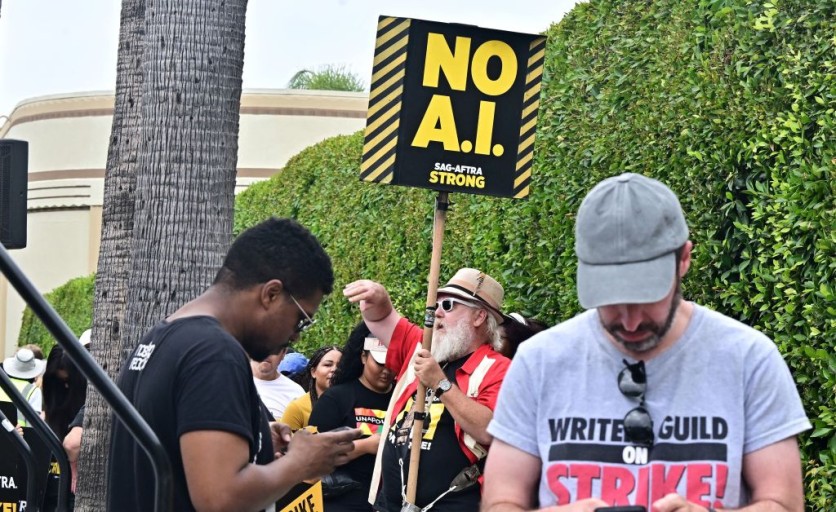A new act concerning artificial intelligence could reportedly soon be introduced by senators in Washington to protect artists against the creation of unauthorized digital replicas.
The to-be-proposed act is reportedly dubbed the NO FAKES Act, or the Nurture Originals, Foster Art, and Keep Entertainment Safe Act, with Senator Chris Coons (D-Del.), chair of the Senate Intellectual Property Subcommittee acting as the lead sponsor.

Coinciding with fresh AI conflicts rocking Hollywood, senators aim to present the bill as early as June, which would establish guidelines limiting the use of artificial intelligence in the film and music industries.
Along with Coons are Senators Marsha Blackburn (R-Tenn.), Thom Tillis (R-N.C.) and Amy Klobuchar (D-Minn.). According to reports, the Senators are still discussing specifics with the film, record, and music industries.
Before any national AI bill is voted, senators need to resolve a few important issues. They need to determine whether this bill would supersede a particular patchwork of existing state laws, like Tennessee's ELVIS Act.
They must also determine the duration of postmortem rights and the restrictions on licensing and transfers of an artist's digital reproduction. The bill's draft version would grant permission for digital duplication to a deceased person's heirs, executors, or assignees for 70 years, emulating the time copyright protection is granted.
OpenAI vs. Scarlett Johansson
This past week, a dispute involving artist Scarlett Johansson and ChatGPT creator OpenAI heightened worries about how artificial intelligence may affect the entertainment sector.
Scarlett Johansson and OpenAI were reportedly in talks just last week, on May 20, about a ChatGPT voice that sounds much like hers. The company is addressing concerns regarding the voice similarities between Johansson and Sky, one of ChatGPT's personalities, in discussions with the actress's representation.
After a ChatGPT voice that resembled actress Scarlett Johansson was removed, OpenAI contacted her agents. Sky, one of ChatGPT's default voices, attracted notice for its uncanny resemblance to Johansson's character in the movie Her. Thus, the firm opted to remove it.
Music Artists on AI
Artists have not stopped speaking out about AI's risks to the industry. One such instance is the Artist Rights Alliance, which is made up of Katy Perry, Billie Eilish, Nicki Minaj, and over 200 other artists who have penned a letter for AI creators. The artists ask AI developers not to develop tools that "infringe" on their rights and instead demand protection from this rapidly developing technology.
The Artist Rights Alliance, a non-profit organization of active musicians, actors, and composers, wrote the open letter in favor of a vibrant creative economy and fair treatment for all creatives in the digital world, according to their official website.
In response to the letter, digital music services, tech companies, and AI developers are asked to pledge not to build or use AI tools, content, or technology that will undermine or replace the human artistry of musicians and composers or fail to compensate them for their labor fairly.
Related Article : 'Furiosa': Anya Taylor-Joy Reveals How the Mad Max Film Used AI to Achieve Seamless Aging Effect for Her Character

ⓒ 2025 TECHTIMES.com All rights reserved. Do not reproduce without permission.




